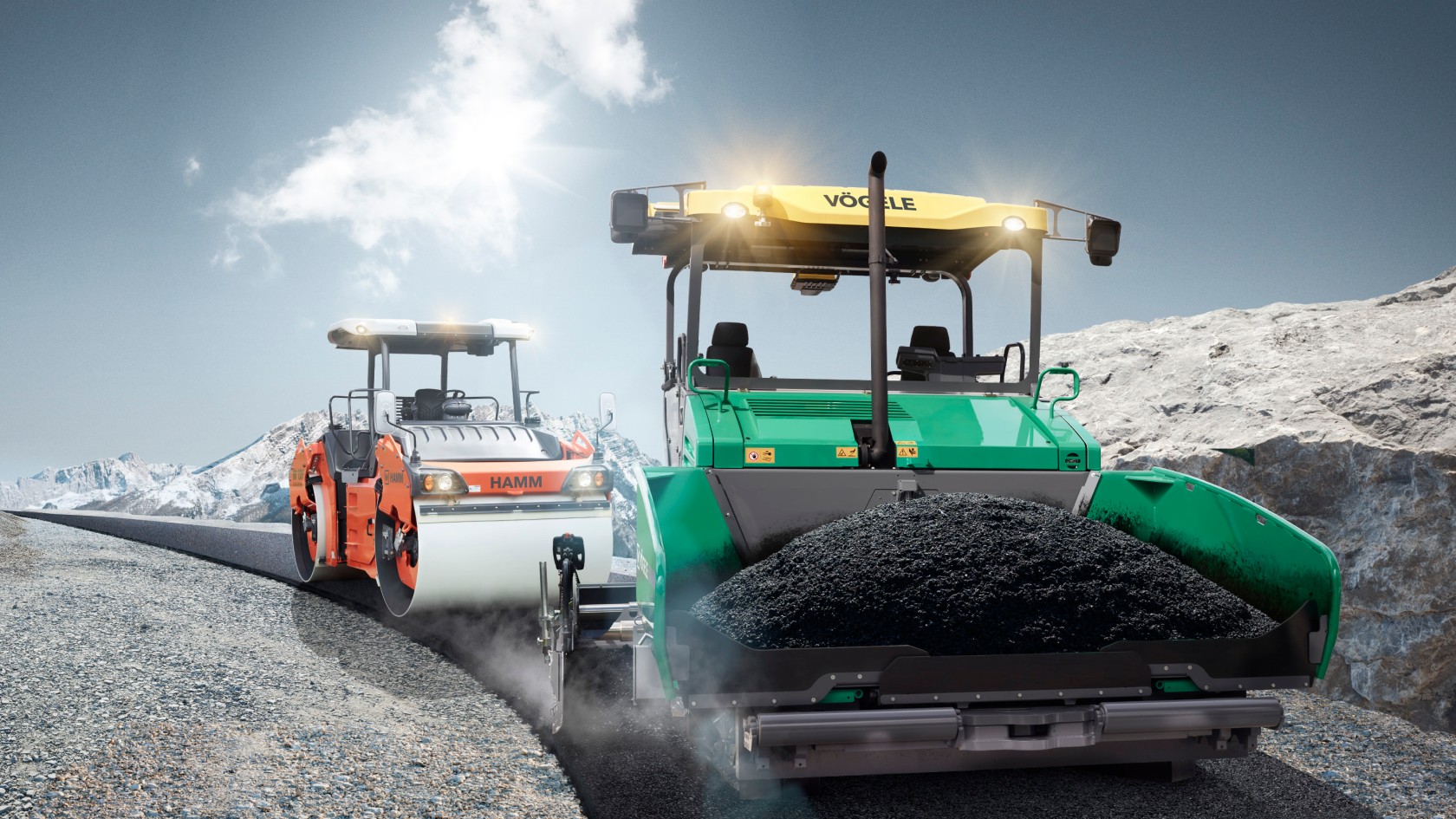New Road Construction


Which criteria are important in this regard? Which methods are needed? Which machines are used?
In developing and emerging countries, the primary concern is to build the basic infrastructure. Regardless of whether made of asphalt or concrete, when constructing new roads it’s important to produce a well-integrated pavement structure – from a stable base layer to a level and true-to-profile surface. Which applications are common in new road construction?
Typical new road construction applications include the construction of base layers and frost protection layers, asphalt production, asphalt paving, asphalt compaction, reduced-temperature asphalts, new racetrack construction, as well as inset and offset concrete paving.